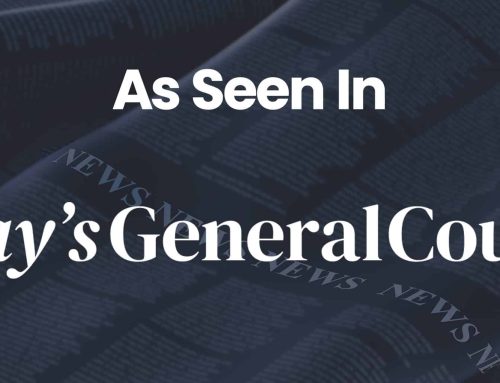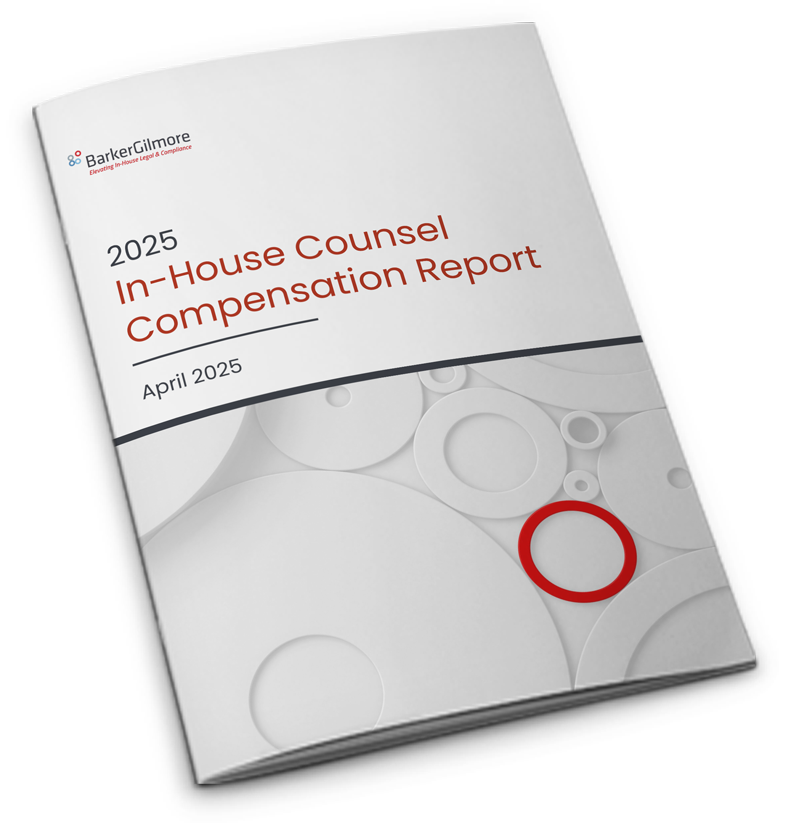The General Counsel (“GC”), Chief Human Resources Officer (“CHRO”), and Chief Financial Officer (“CFO”) lead teams that support crucial areas of an organization and must work collaboratively to enhance the success of the operation. Most complex issues facing a company depend on effectively managing the strategic relationship between these three leaders and their teams.
In the GC AdvantageSM webinar, “Mastering the GC-CHRO-CFO Triad for Organizational Excellence,” Anne Schumann, former SVP and Chief Human Resources and Information Technology Officer of Ashland Global Holdings, Inc., and Kevin Willis, SVP and Chief Financial Officer of Ashland Global Holdings, Inc., joined me to discuss ways to develop and utilize this critical relationship to make these three positions most effective individually and collectively within a corporate organization. This article is a summary of our discussion.
The Importance of Building the Triad of Cooperation
Cooperation between the GC, CHRO, and CFO requires confidence, trust, and maturity that can cascade throughout the organization. Creating this environment requires a commitment to full and regular dialogue, with much of the “work” being done informally and behind the scenes of more structured communication among the broader executive team.
The relationship between the GC, CHRO, and CFO also has a domino effect on the rest of the organization. When those leaders are seen by their teams and others to have an open, supportive, and cooperative relationship, the benefits can cascade into the overall environment of the organization.
On the other hand, if the “GC-CHRO-CFO triad” members do not communicate effectively or are not viewed as supportive of each other, concerns can be left unduly addressed, or critical issues can easily be missed. If the GC, CHRO, and CFO see their roles as siloed and independent, their groups, the CEO, other C-suite executives, and the broader organization will act accordingly. Even worse, if the three behave as rivals for influence or control, guard critical information, or do not share their opinions openly, the entire organization’s culture can be untrusting and dysfunctional.
The advantage of building a solid relationship among the triad is most apparent when demanding situations arise, or even a full-blown crisis appears. If the three members of the triad already trust and have confidence in each other and are comfortable being vulnerable with one another when they are challenged or in unfamiliar territory, they will be able to work together and find a path forward in even the most trying circumstances. If not, a crisis will expose the fault lines, and the organization may not recover.
Additionally, mastering the relationship between the triad benefits the leaders as the executives properly support the CEO and the board. Each of the three executives may have separate lines of communication with the CEO and the board, its committees, and even individual directors. Sharing information among themselves to ensure issues are addressed holistically and working to coordinate messaging can provide more timely, comprehensive, and practical advice.
Five Themes of a Successful Strategic Alliance Between the Members of the Triad
- Cooperation. This requirement is fundamental. The triad must work together to present a united front whenever possible. Working together helps to ensure that an issue is approached from all angles and that action plans are comprehensive and thoughtful. When the triad is disjointed, each function’s credibility and effectiveness are reduced.
- Cross-functional knowledge and sharing. The GC does not need to be an expert in all the CFO’s or CHRO’s spheres. Similarly, neither the CFO nor the CHRO need to be an expert in legal matters. However, the leaders must know enough to ask when additional support is required. Confronting issues and sharing knowledge to help each other understand concerns ensures the triad is in the best position to lead the organization to optimal results.
- Sharing of non-technical information. The triad benefits when they share non-technical “soft” information as well. The three executives can share the thinking, personalities, and decision-making process of the CEO, C-suite, or board. For example, during board meetings, the executives can give each other a “real-time” heads-up talk about how the board processes a critical decision. Because the GC, mainly when also serving as corporate secretary, often spends the most time with the board, they can be helpful to the other two triad members.
- Communication. The GC, CHRO, and CFO must communicate “early and often” and require that their respective teams share information and are comfortable debating opinions openly. “Sandbagging” cannot be permitted. The leaders may have different opinions about issues because of the differences in perspectives, roles, or experiences. However, they know they need to arrive at a consensus where possible or openly “agree to disagree.” The executives may even consider doing “dry runs” among themselves or with others, particularly concerning critical or sensitive board issues. During the practice run, the triad can address any problems and ensure no surprises during the presentation.
- Transparency. Transparency creates a “circle of trust” among the GC, CHRO, and CFO. The General Counsel and other triad members must also be as transparent as possible with the teams they lead. Transparency at the top is often “contagious” throughout an organization. Being transparent builds mutual trust and leads to thoughtful, well-reasoned decisions and honest, compelling dissenting views where appropriate.
How to Build Bridges Between the Triad and Their Respective Teams
There are several easy tools and behaviors that the GC, CHRO, and CFO can use to ensure that they are not only mutually supportive and well-connected but that their respective teams are as well.
Invite Members of the Other Teams to the Table
If the legal, human resources, or financial teams are working on a project, connect the teams by inviting the relevant people from the other functions. Doing so early in the decision-making process is best.
Use Opportunities to Educate and Learn from Other Teams
The senior leaders, as well as members of their teams, should look for any opportunity to educate others in the organization about what their departments do and what issues are important to them. Educational opportunities encourage connection and dialogue. Education can be more formal, like a “lunch-and-learn” session, but opportunities will often arise informally, like office (or Zoom) drop-by discussions.
Encourage Regular Cross-Functional Communication
Regular cross-functional communication encourages the teams to connect and form a trusting and transparent relationship. Consider including a relevant legal representative in the human resources and finance group’s regular department meetings. Another helpful strategy is to build a culture where the team members know the senior executives in the other functions and feel free to reach out to these leaders directly.
Celebrate the Wins of the Other Teams
Finally, remember this: GCs, CHROs, and CFOs and their groups are playing a team sport. Celebrate mutual wins and show appreciation for the other team’s efforts.
The Advantage of Executive Coaching and Advising to Improve Relationships as a Member of the Triad
BarkerGilmore offers executive coaching and law department advising to help the General Counsel build and optimize relationships with the Chief Human Resources Officer and Chief Financial Officer. If you could benefit from improving the relationship with the triad, contact one of BarkerGilmore’s Strategic Advisors and Coaches.
Peter Ganz and our team of professionals are happy to help accelerate the initiatives that you’re already pursuing or to supplement your current strategic thinking to help you realize your vision. Please reach out if you or your organization may benefit from our recruiting, leadership development and coaching, or legal and compliance department consulting services. Let BarkerGilmore help you build and optimize your legal and compliance departments.
Connect with a legal recruiting advisor
* indicates required fields




